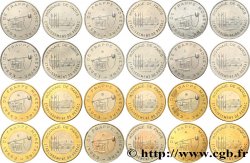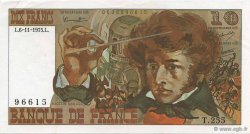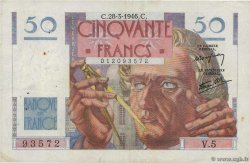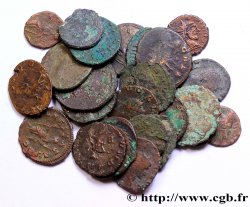feu_568626 - BANCO CENTRAL EUROPEO 1 euro, double face commune n.d.
No disponible.
Artículo vendido en nuestra tienda (2020)
Precio : 1 850.00 €
Artículo vendido en nuestra tienda (2020)
Precio : 1 850.00 €
Tipo : 1 euro, double face commune
Fecha: n.d.
Metal: cupro-níquel
Diámetro: 23,25 mm
Eje de acuñación: 12 h.
Peso: 7,45 g.
Canto: alternée lisse et cannelée
Grado de rareza: R3
Slab

PCGS : 64
Comentarios sobre el estado de conservación:
Sous slab PCGS MS64
N° en los catálogos de referencia :
Anverso
Titulatura del anverso: 1 EURO.
Descripción del anverso: Carte de l’Union européenne sur six traits tirés entre deux groupes de six étoiles formant les douze pays de la zone euro, signature en monogramme LL.
Reverso
Titulatura del reverso: 1 EURO.
Descripción del reverso: Carte de l’Union européenne sur six traits tirés entre deux groupes de six étoiles formant les douze pays de la zone euro, signature en monogramme LL.
Comentario
Étonnant exemplaire frappé avec les coins de la face commune au droit et au revers trouvé en circulation. Il s’agit très certainement d’une erreur dans la préparation des coins sur la presse. Quelques exemplaires auraient été fabriqués ainsi et mis en circulation. Une seule certitude, l’erreur de frappe se situe entre 1999 et 2006. En effet la carte de l’Europe présente à l’avers et au revers est celle de la première version. En 2006 un nouveau revers fut adopté pour les monnaies Euro. La carte de l’Europe au revers des Euros fut élargie pour faire apparaître les nouveaux États-membres.
A stunning example struck with the dies of the face common to the obverse and reverse found in circulation. This is most likely an error in the preparation of the dies on the press. A few examples would have been produced this way and put into circulation. One thing is certain: the minting error occurred between 1999 and 2006. Indeed, the map of Europe on the obverse and reverse is that of the first version. In 2006, a new reverse was adopted for the Euro coins. The map of Europe on the reverse of the Euros was enlarged to show the new Member States.
A stunning example struck with the dies of the face common to the obverse and reverse found in circulation. This is most likely an error in the preparation of the dies on the press. A few examples would have been produced this way and put into circulation. One thing is certain: the minting error occurred between 1999 and 2006. Indeed, the map of Europe on the obverse and reverse is that of the first version. In 2006, a new reverse was adopted for the Euro coins. The map of Europe on the reverse of the Euros was enlarged to show the new Member States.








 Informar de un error
Informar de un error Imprimir la página
Imprimir la página Comparte mi selección
Comparte mi selección Haz una pregunta
Haz una pregunta Consignar / vender
Consignar / vender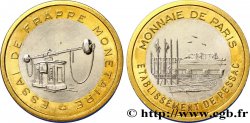
 Descriptivo
Descriptivo